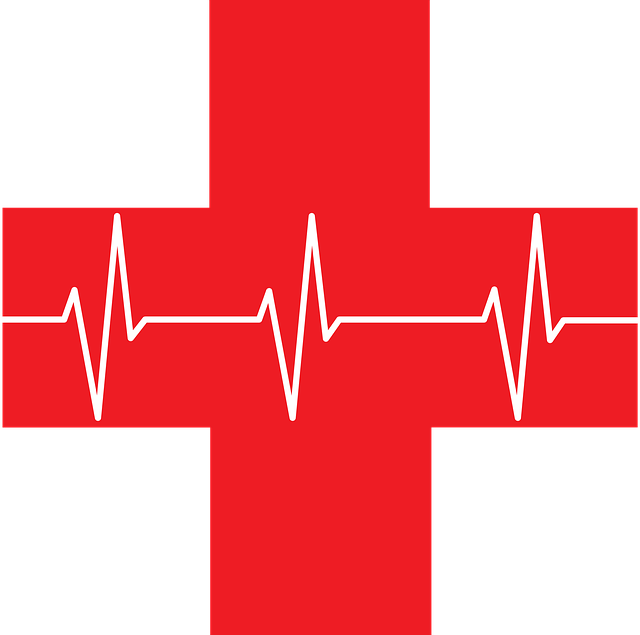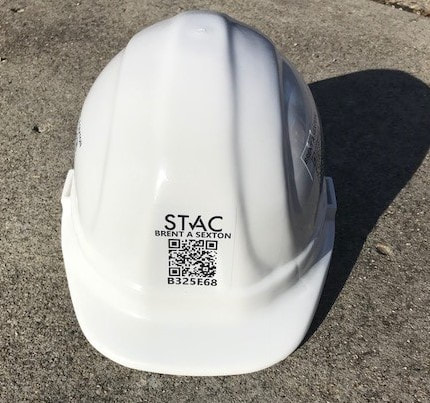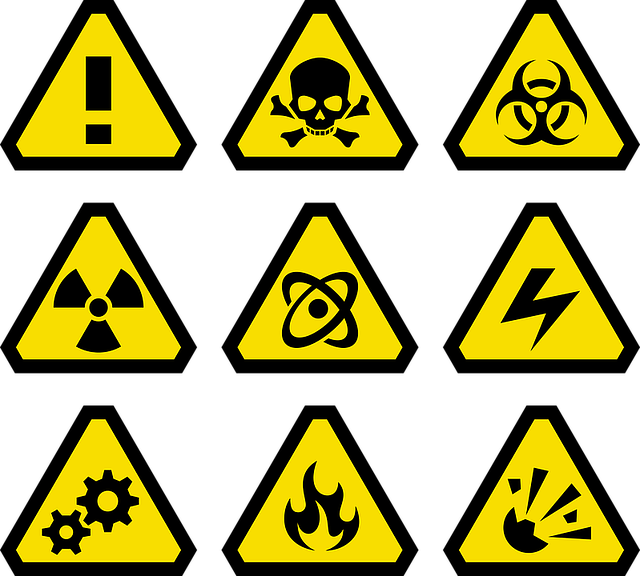|
Subpart: D – Occupational Health & Environmental Controls
OSHA Standard: 1926.50 Occurrence: In the absence of accessible medical facility, medical & first aid training is required. Frequency: Every 2 years – First Aid/CPR. Annually for Bloodborne Pathogens (BBP) Training Style: Classroom & Hands On. Tool box talk - BBP Employer Responsibilities: In the absence of an infirmary, clinic, hospital, or physician, that is reasonably accessible in terms of time and distance to the worksite. OSHA has determined that emergency care must be available within no more than 3-4 minutes from the workplace. The employer must ensure that adequate first aid is available in the critical minutes between the occurrence of an injury and the availability of physician or hospital care for the injured employee. Therefore, if medical facility is more than 3-4 minutes from a jobsite, at least one person must have a valid certificate in first-aid training from the U.S. Bureau of Mines, the American Red Cross, or equivalent training that can be verified by documentary evidence, shall be available at the worksite to render first aid. First aid supplies shall be easily accessible and the contents of the first aid kit shall be placed in a weatherproof container with individual sealed packages for each type of item and shall be checked by the employer before being sent out on each job and at least weekly on each job to ensure that the expended items are replaced. Note, there are no OSHA construction standards that specifically require an employer to provide an AED at a construction site currently. The bloodborne pathogens standard at 29 CFR 1910.1030(g)(2) requires employers to provide training to any employees who have occupational exposure to blood or other potentially infectious materials, such as employees assigned medical or first aid duties by their employers. The standard at 29 CFR 1910.1030(b) defines "occupational exposure" as "reasonably anticipated skin, eye, mucous membrane, or parenteral contact with blood or other potentially infectious materials that may result from the performance of an employee's duties." If an employee is trained in first aid and identified by the employer as responsible for rendering medical assistance as part of his/her job duties, that employee is covered by the bloodborne pathogens standard. Employee Responsibilities: Take seriously First Aid/CPR training as they could be responsible to provide crucial life saving measures in the event of an injury. Summary: Basically, at least one person on every work site needs to have First-Aid/CPR training, at is it required to be available within 3-4 minutes. This training needs to be done every 2 years. Bloodborne pathogens training needs to be performed annually. This could be accomplished through a toolbox talk. Contact STAC for assistance if you have any questions! [email protected]
0 Comments
Could you imagine if a hardhat sticker or card could contain all your employees’ training information, company information, and drug test information? What message would that send to your employees and other contractors how you view safety? No more questions about losing the training documents, they are now readily accessible! Contact us today!
OSHA Standard: 1926.21
Occurrence: Initial assignment Frequency: As jobsite conditions or roles change Training Style: Varies, but could include classroom training, toolbox talks, and hands-on training. Employer Responsibilities: 1) The employer should create training programs and have them available for OSHA and employees to review. 2) The employer shall instruct each employee in the recognition and avoidance of unsafe conditions and the regulations applicable to his work environment to control or eliminate any hazards or other exposure to illness or injury. 3) Employees required to handle or use poisons, caustics, and other harmful substances shall be instructed regarding the safe handling and use, and be made aware of the potential hazards, personal hygiene, and personal protective measures required. 4) In job site areas where harmful plants or animals are present, employees who may be exposed shall be instructed regarding the potential hazards, and how to avoid injury, and the first aid procedures to be used in the event of injury. 5) Employees required to handle or use flammable liquids, gases, or toxic materials shall be instructed in the safe handling and use of these materials and made aware of the specific requirements. 6) All employees required to enter into confined or enclosed spaces shall be instructed as to the nature of the hazards involved, the necessary precautions to be taken, and in the use of protective and emergency equipment required. The employer shall comply with any specific regulations that apply to work in dangerous or potentially dangerous areas Employee Responsibilities: Employees are to ensure they have been trained in their assigned roles. If roles change, they must ensure that they are trained and competent in the new roles. And, they must request information if they are unsure of the hazard or what protective system they need to employ. Summary: This is a pretty short and sweet standard but has wide reaching effects. It is the employers responsibility to perform a hazard analysis of each task and of the jobsite and determine what training and controls are necessary. So, do you have a program in place for working with caustic and flammable liquids? And do you have a policy for working around harmful plants and animals? And how do you track employee competency of the task? Contact STAC for assistance if you have any questions! [email protected] I don't think that's how you test a safety net... "We don’t need to track safety since OSHA doesn’t cite for that…" 4,174 Citations were Training related. That would be the 3rd most frequently cited standard. So, how do you track your training?
|
AuthorSTAC Admin Categories
All
Archives
July 2024
|







 RSS Feed
RSS Feed